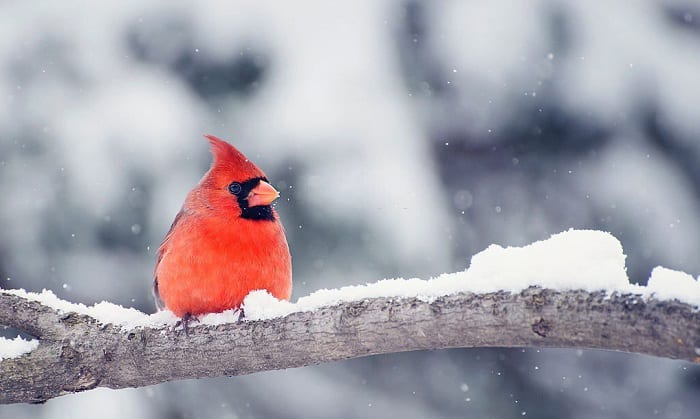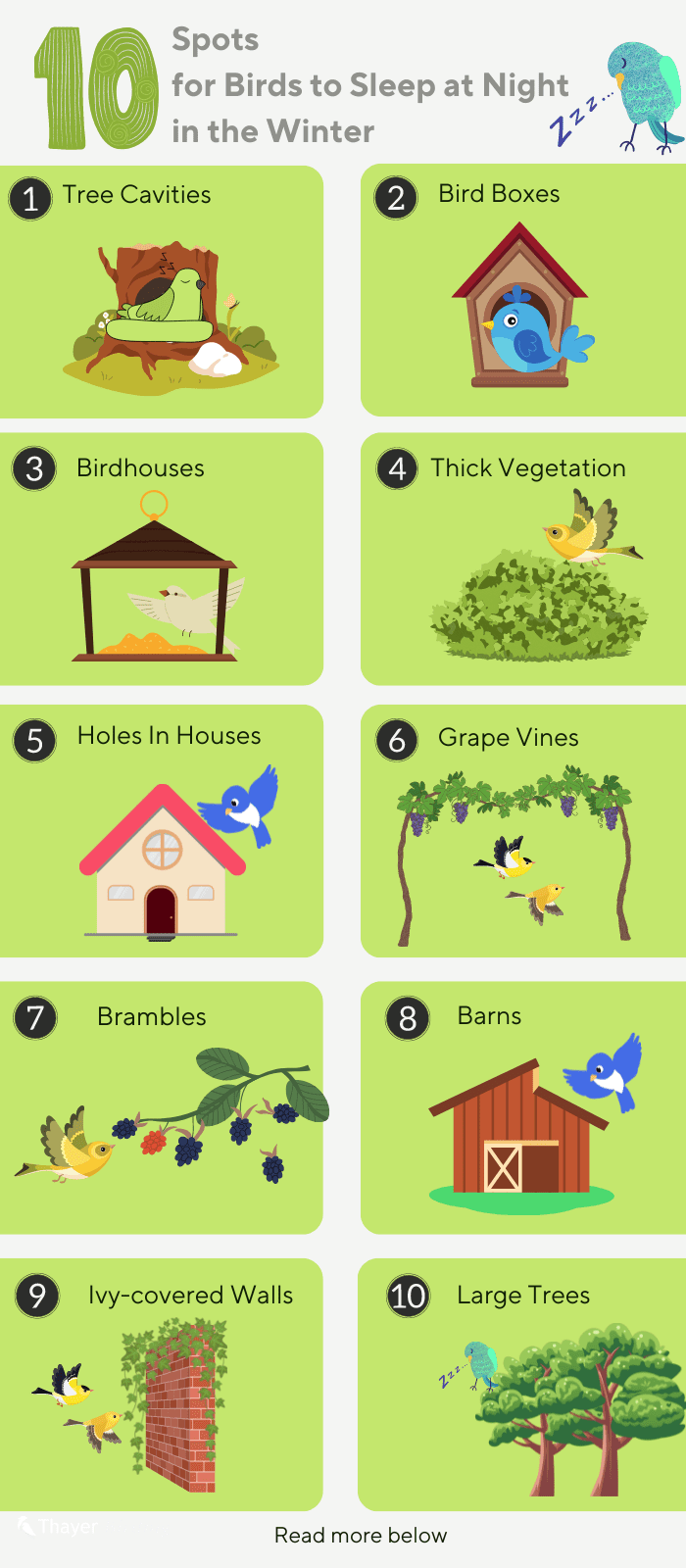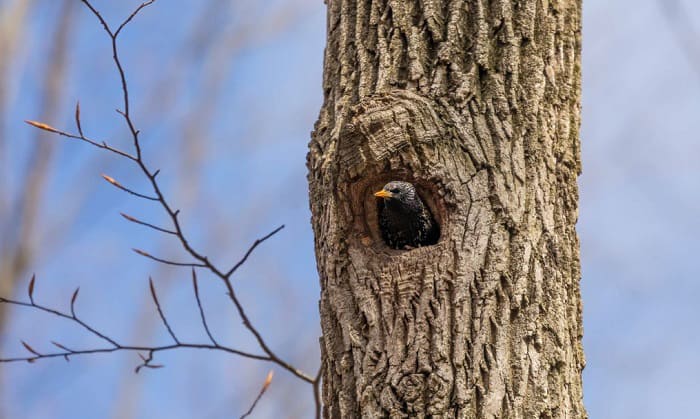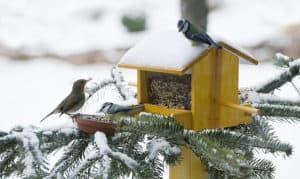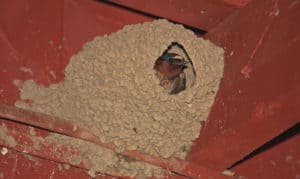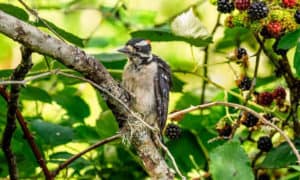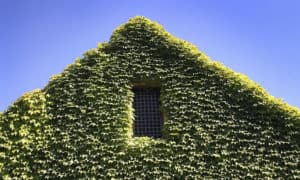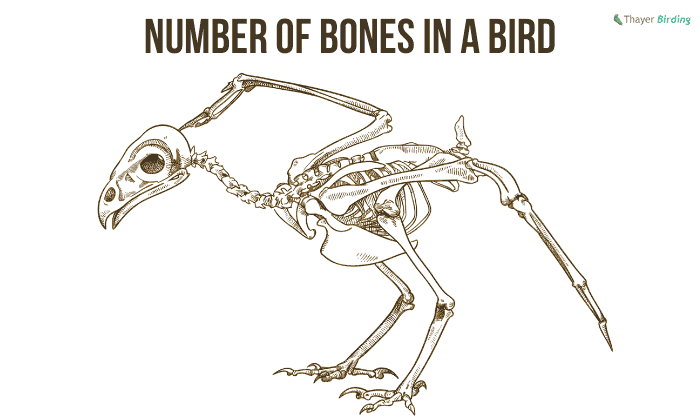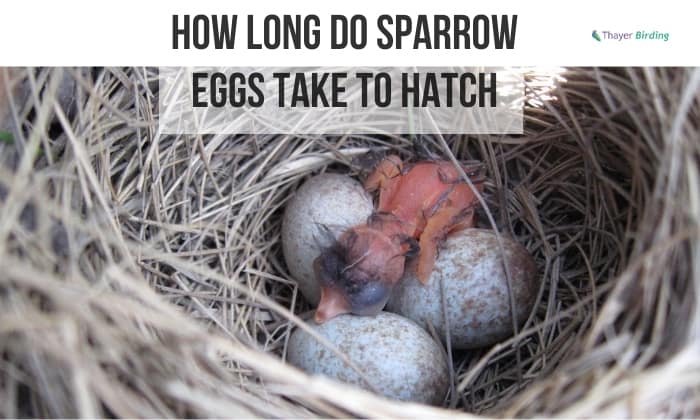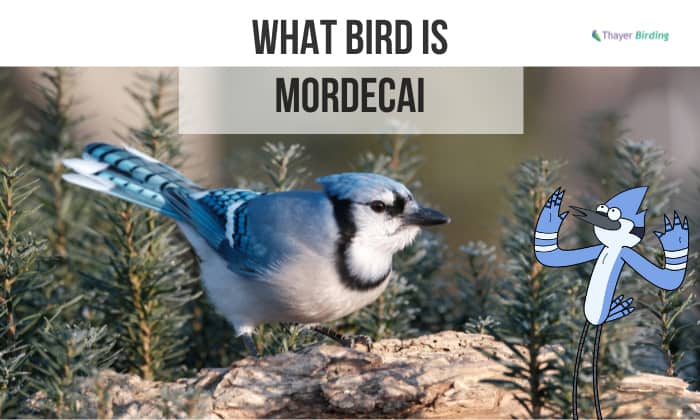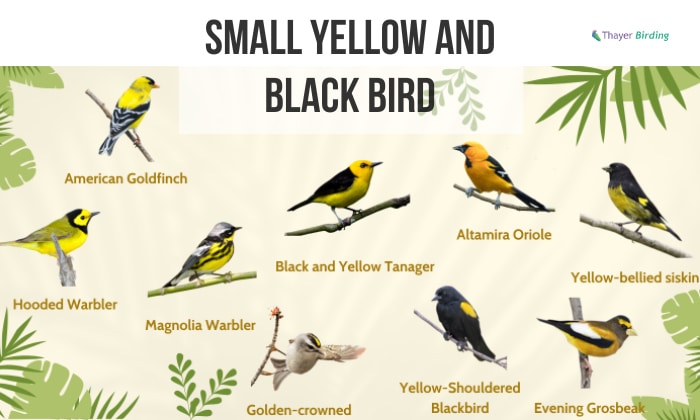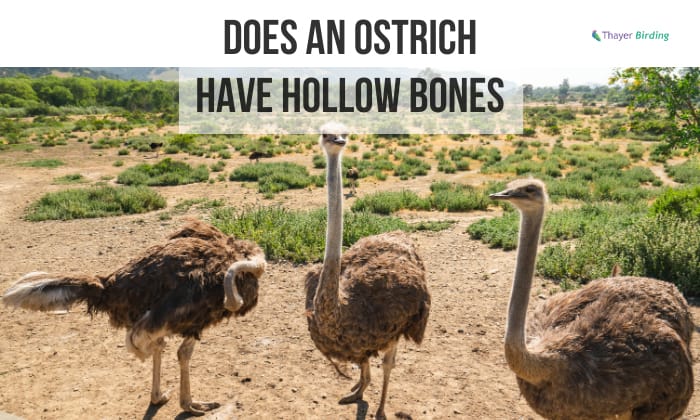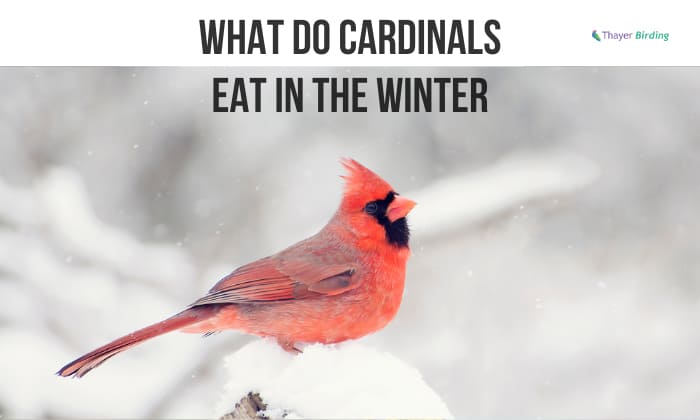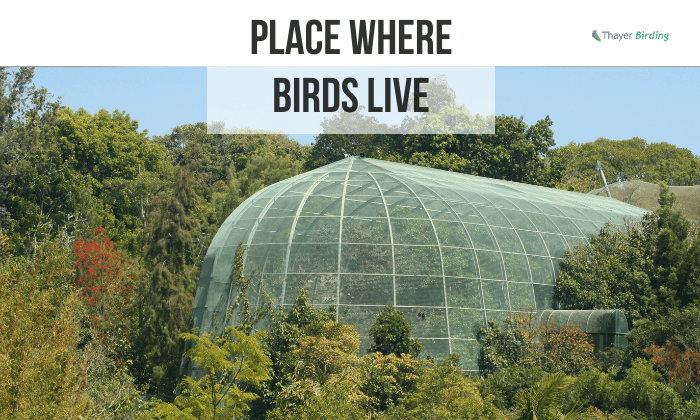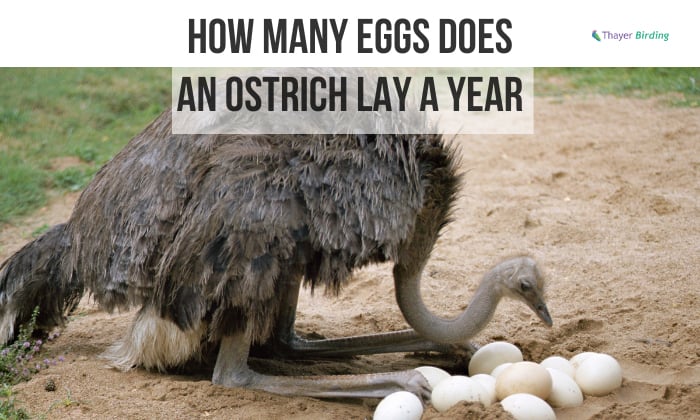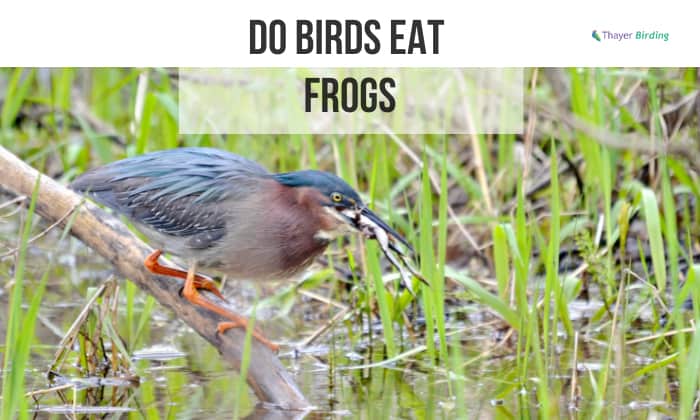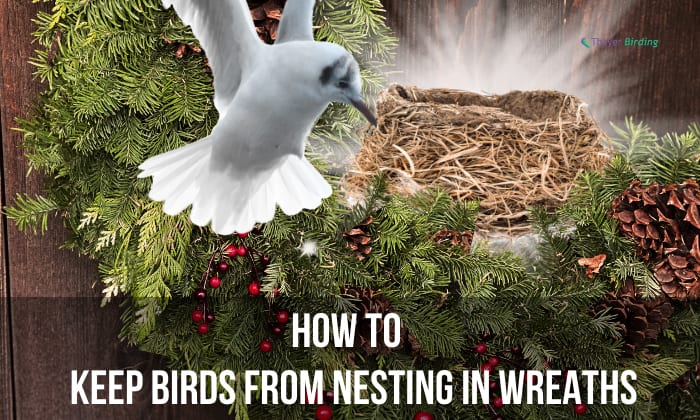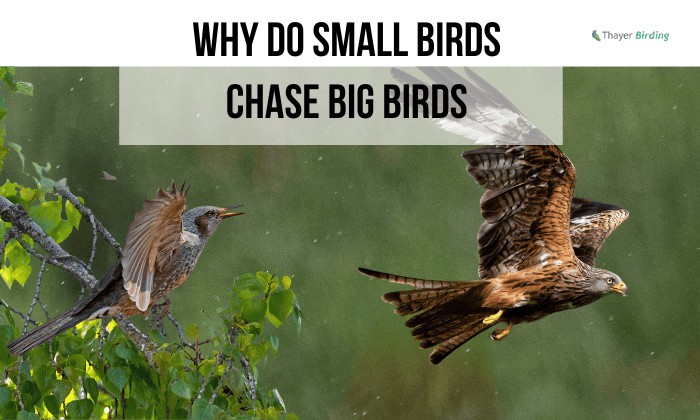The winter months can be unforgiving to humans, and how much more can it be to the bird species? So, where do birds sleep in the winter to keep themselves warm? Contrary to many beliefs, birds do not snuggle in their nests during cold days. Avians only stay in their nests during the spring for nesting season.
When winter comes, birds find a place to shield themselves from the cold. Some huddle together in closed spaces, and they use their plumage to keep their bodies warm. Birds also tuck their heads under their shoulder feathers to warm up their beaks.
Table of Contents
Where Do Birds Sleep at Night in the Winter
Avians are warm-blooded creatures, and their bodies can regulate the temperature to keep them warm or cold, depending on current conditions. Hence, birds have the natural mechanism to adapt to their surroundings, and they can always find a roosting spot to sleep during the cold months. Without a doubt, the cold months are extremely challenging for birds.
Let’s go and discover their hiding spots to protect themselves from the harsh cold.
Spot #1: Tree Cavities
The most common places for birds to settle in the winter cold are woodpeckers, parrots, chickadees, nuthatches, owls, wrens, bluebirds, and titmice sleep in tree cavities.
Birds prefer healthy trees because their cavities provide extra warmth compared to dead trees. With smaller tree cavities, only one bird can roost. But with bigger cavities, more than one avian can sleep on cold nights.
Spot #2: Bird Boxes
Bird boxes provide warmth for the bird species during the winter. There are a variety of sizes for roost boxes, and they can accommodate one to dozens of birds at the same time. A reliable roost box has fewer ventilation holes than nest boxes, and that design keeps heat inside. The entry point is near the base to trap the heat.
Roost boxes are crafted with perches that allow multiple birds to snuggle together. Homeowners who love the avian species can put up bird boxes in their properties to shelter the birds during the winter.
Spot #3: Birdhouses
Non-migratory birds stay all year, even during the cold months. That’s why many people leave their birdhouses throughout the winter season. Resident birds will always find a place to stay to keep warm, and they can sleep best while it’s frosty outside.
Avians that stay in birdhouses are wrens, swallows, bluebirds, cardinals, chickadees, jays, and magpies.
Spot #4: Thick Vegetation
Avians are born with 105 degrees Fahrenheit body heat, which allows them to generate warmth on frosty nights. And during the winter season, resident birds like blue jays and cardinals find shelter in thick vegetation to roost.
The birds sleep within the foliage where the harsh snow cannot get to them. And aside from keeping the cold out, thick vegetation also protects the owls.
Spot #5: Holes In Houses
Do birds use nests in winter?
Well, the answer is no.
Nesting season is during the spring, but avians still require a cozy place to stay while the snowdrops. And holes in houses are one of the usual spots for the birds to nest and roost.
Spot #6: Grape Vines
To survive the snowy nights, birds eat until their belly is full during the day. They do this in order to burn the fats at night and use the process to produce body heat. That’s why avians prefer to eat bird seeds rich in protein and fat. Birds need to replenish whatever fatty meals they ingest to survive the cold winter.
And for sleeping purposes, birds seek a roosting place in grapevines. Dozens of avians opt for this kind of shelter for warmth and protection from predators.
Spot #7: Brambles
Brambles are the favorite roosting place for warblers, robins, thrushes, finches, tits, and woodcocks. Birds can seek shelter in the brambles and feed on the insects that they attract.
And during the winter, a few avian species are able to sleep better within these plants. And that’s how they survive the challenging ordeal of wintertime.
Spot #8: Barns
Birds live in the winter and survive by finding the right shelter to keep the frost out. And one of the best places for the avian species to sleep is a barn. Birds prefer abandoned spots at night to roost, and barns are perfect for this purpose. Plus, large predators cannot reach inside the barn, so the birds feel safe inside while snow continues to fall.
Spot #9: Ivy-covered Walls
There are houses and fences that are covered with ivy. This plant can grow thick on the walls, giving way to a shelter for the birds while the cold days and nights are upon them. Within the ivy branches and leaves, the avians can hide and sleep throughout the frosty months.
Spot #10: Large Trees
Large trees are a good place for dozens of birds to snuggle together to stay warm. Their natural heat source makes it easy for the avians to roost during the cold winter. Plus, the huge collection of birds in one tree helps keep the predators away. Indeed, the collective body heat of the avians makes the cold nights bearable in the winter months.
It is also good to note that birds prefer to sleep at the farthest end of the tree branch. This allows them to sense vibrations if a predator is there to hunt them.
Bird Feathers Help During the Cold Nights
Birds are endothermic creatures, meaning that they can produce heat to stay warm during winter. In the autumn months, avians generate additional light feathers for superior insulation. The birds’ wings safeguard their bodies, especially their head, as they hide them under their feathers while they sleep.
Ultimately, birds always find a place to sleep on cold nights. And this is all thanks to their plumage. Let’s take a look at what avian feathers are all about.
- Bird feathers can resist water, so they stay dry even when it’s raining or snowing.
- Avian feathers consist of tiny muscles that allow the birds to control their motion.
- The bird’s plumage manages the trapped air to provide insulation to keep their bodies warm.
- Avian feathers are composed of keratin and dead cells. They get old in time, and replacement comes out.
Conclusion
Understanding ‘where do birds sleep in the winter?’ can help you find them for birdwatching. You will also realize some methods to provide them shelter during the frosty season. Indeed, when it’s time for roosting, the avian species will always seek warmth either in their natural habitat or in human residences.
And now that you have a better perspective on the spots where birds sleep in the harsh winter days and nights, kindly share this post. We welcome any comments or thoughts, so please let us know what you think.
If you want to learn more about bird behavior in winter, don’t forget to click these articles below:

George and I became friends after a birdwatching trip with our new group. And we have been enjoying every adventure together. When he told me the idea of establishing a site that shares our experiences and fun, I immediately agreed. After trials and errors, here we have Thayerbirding.


